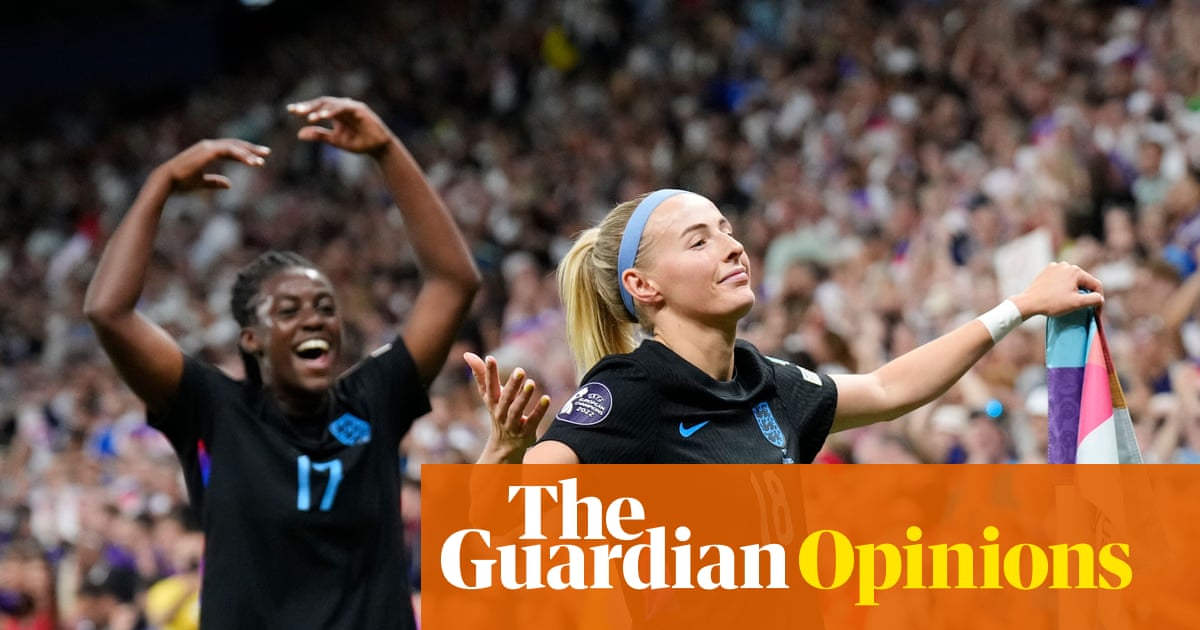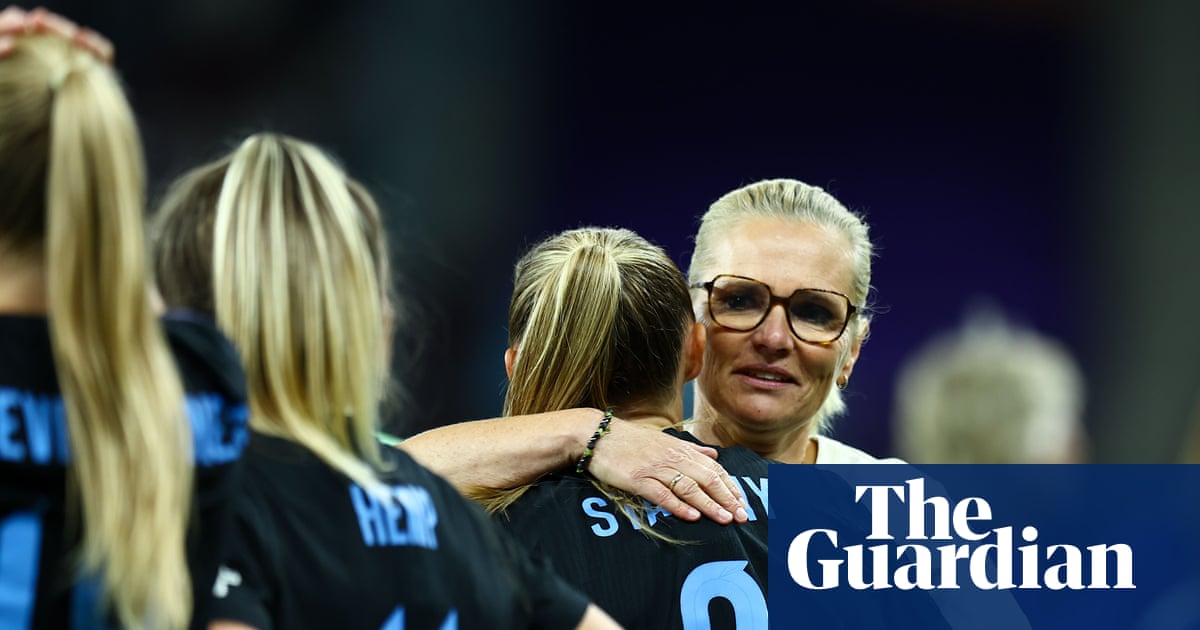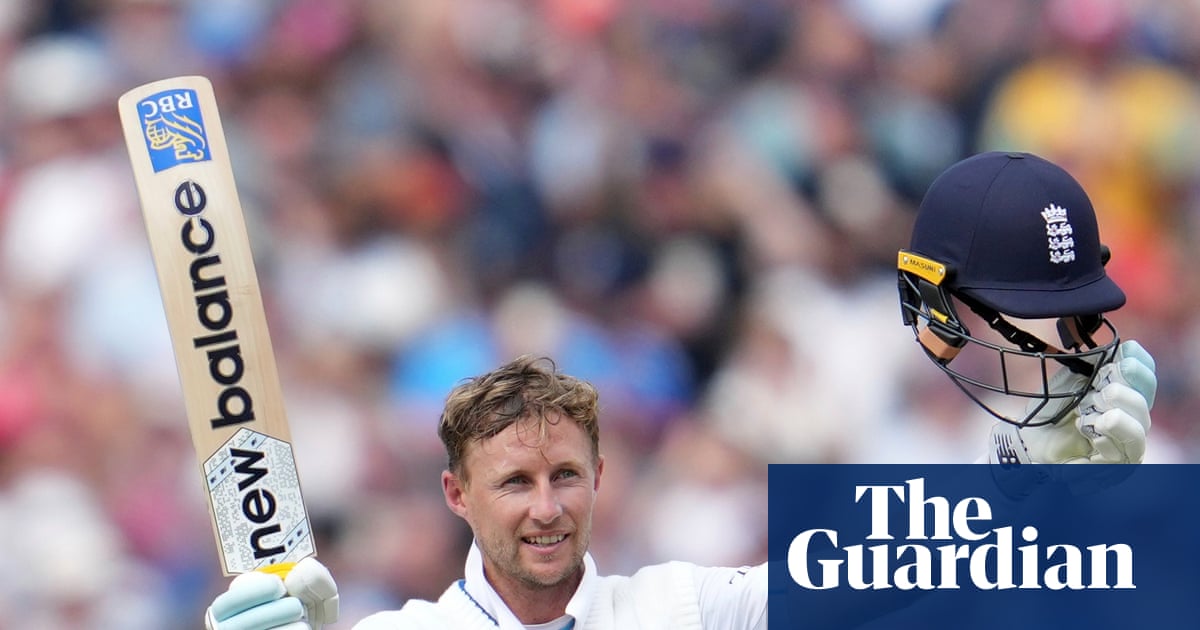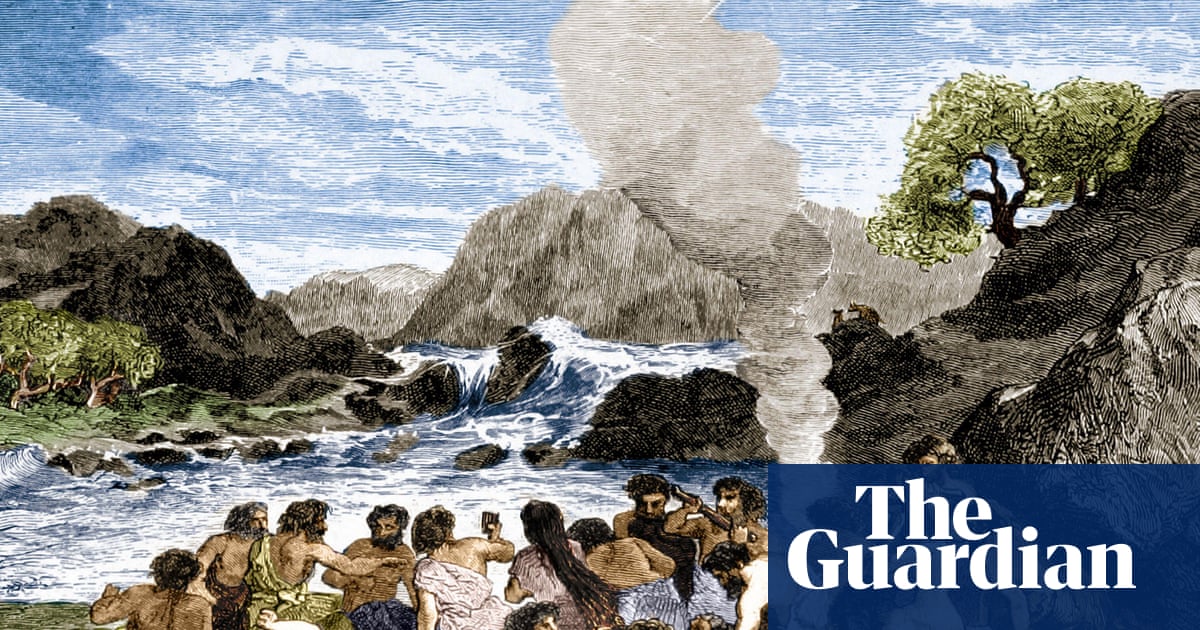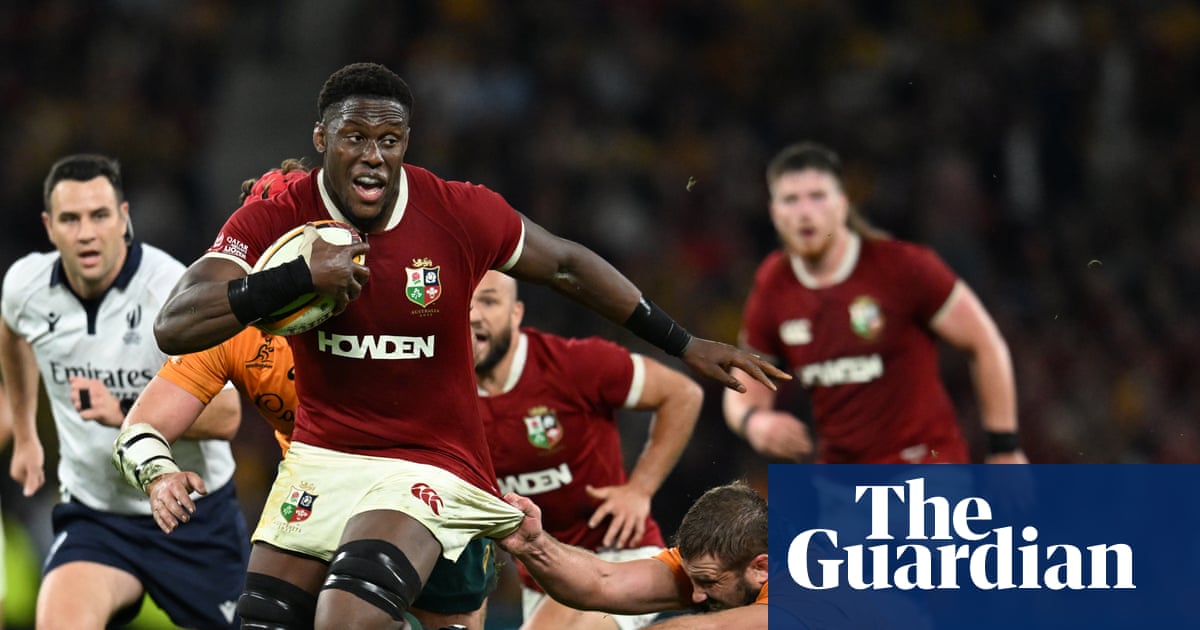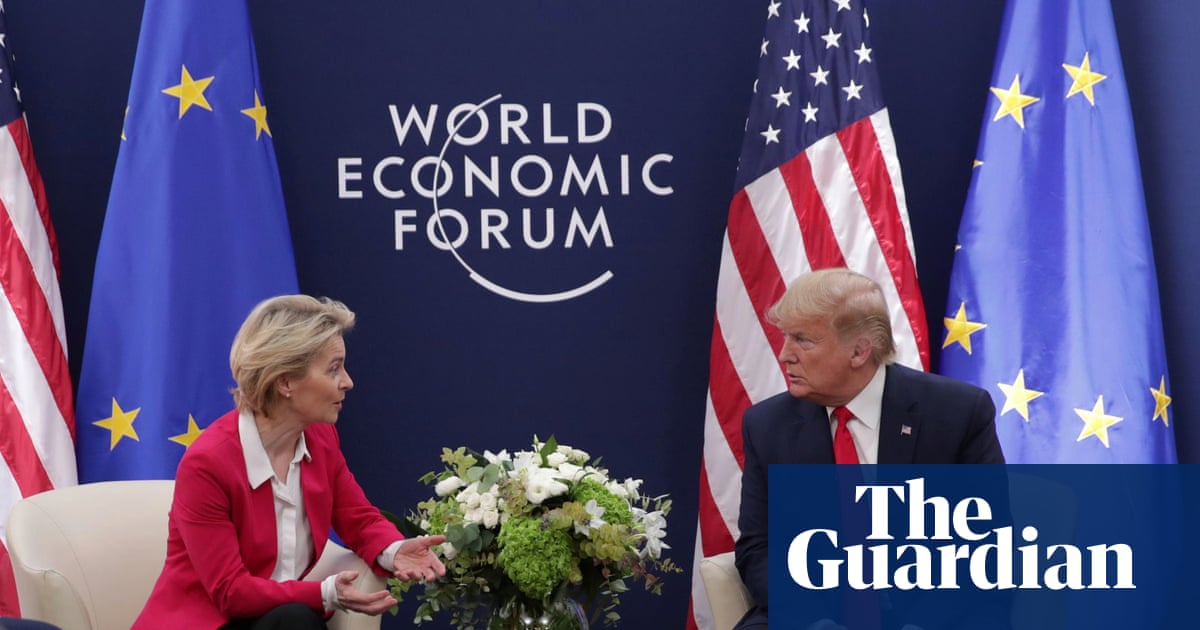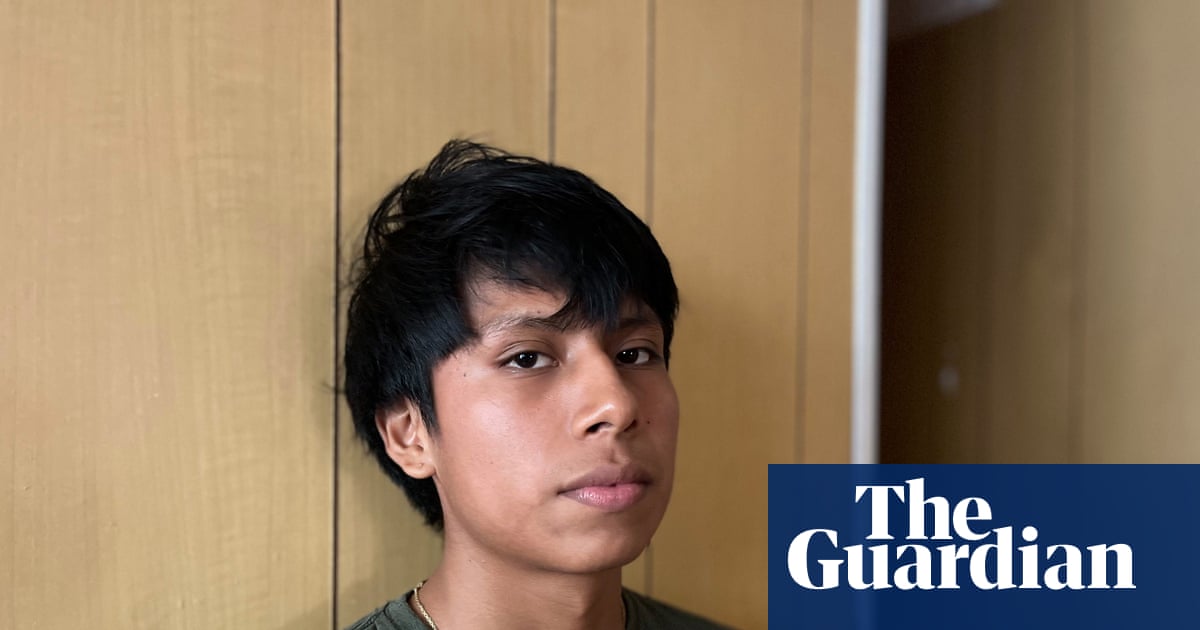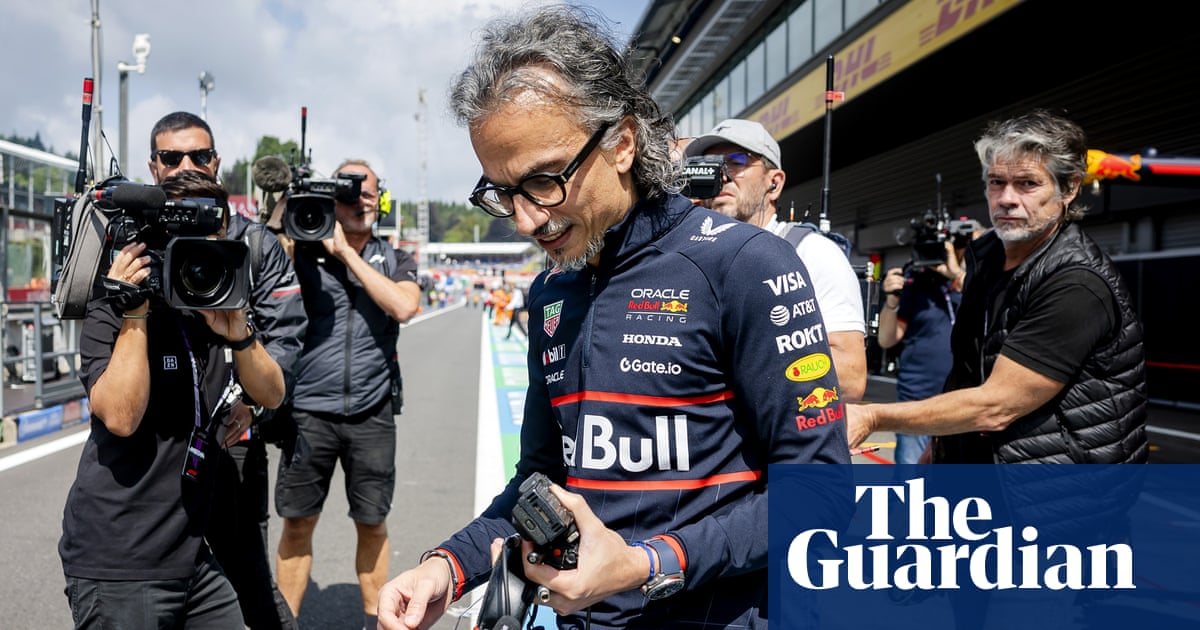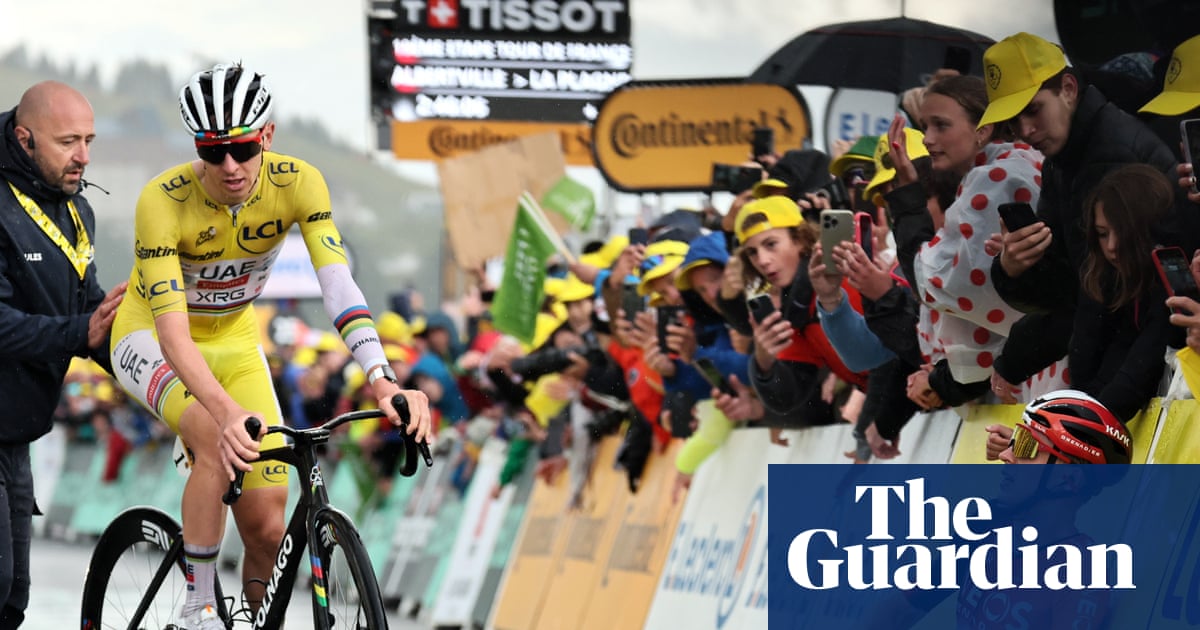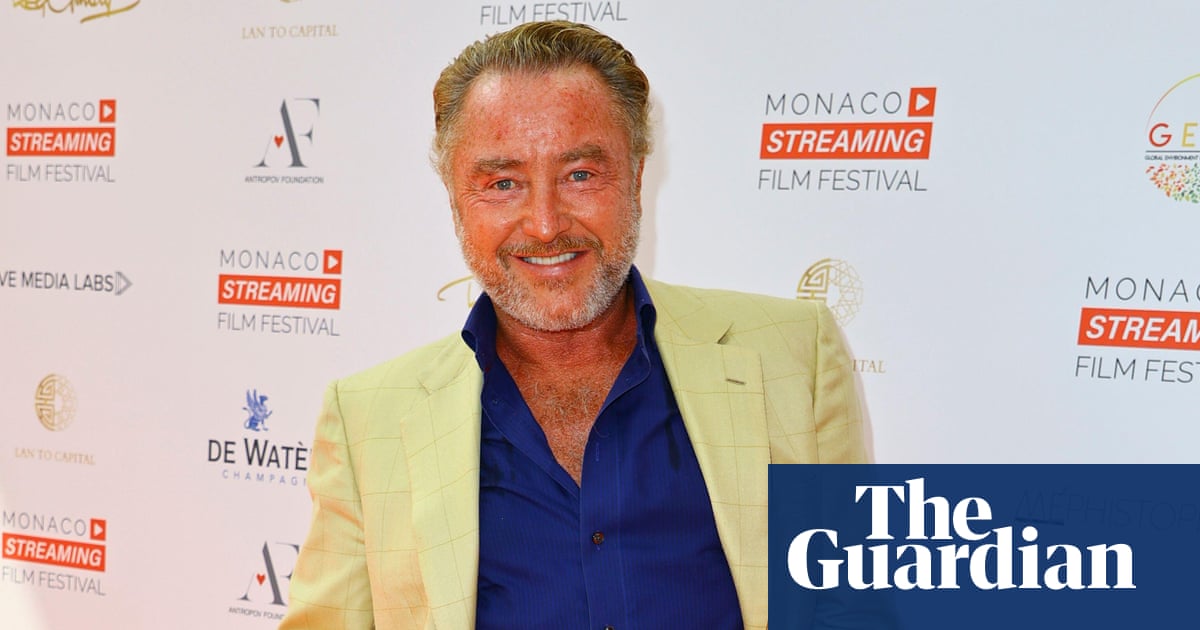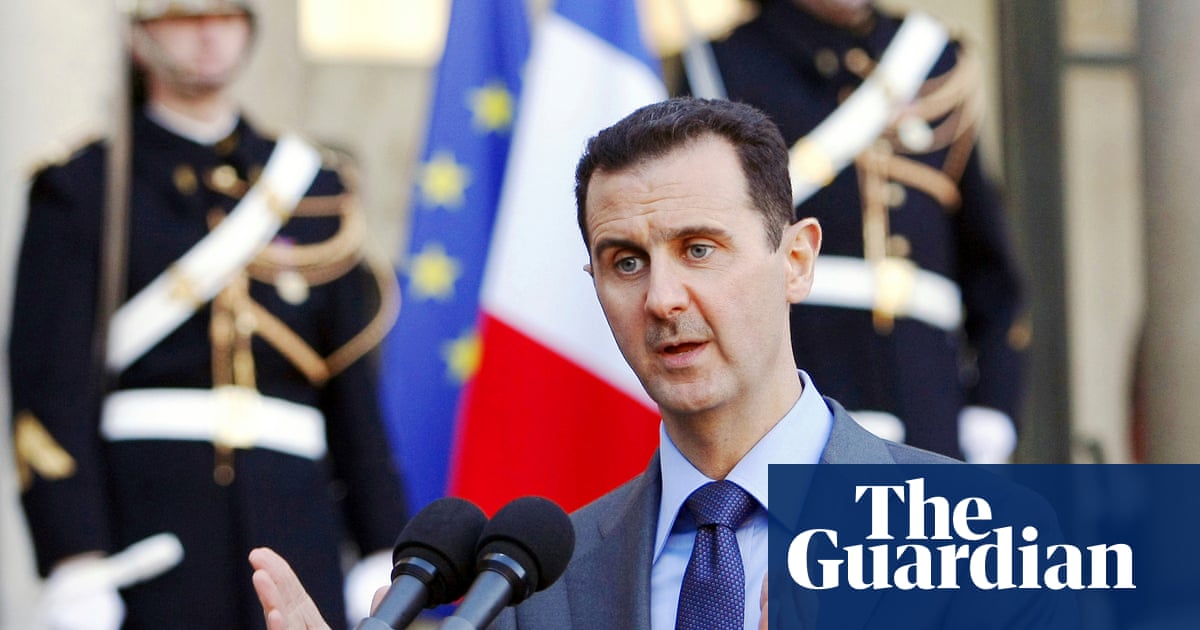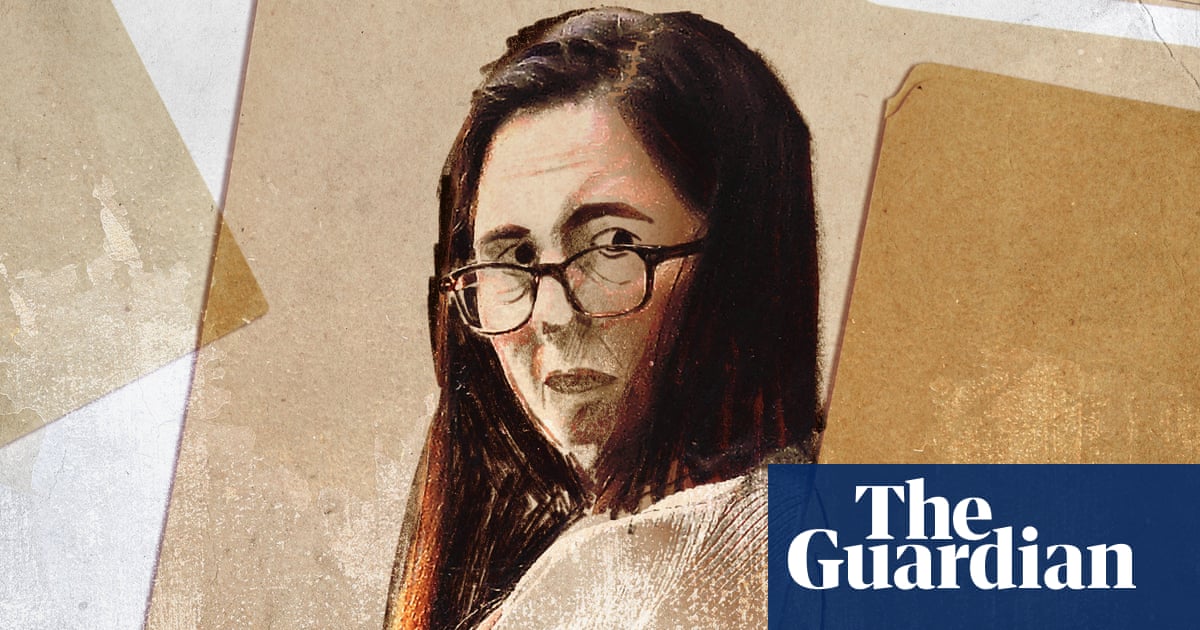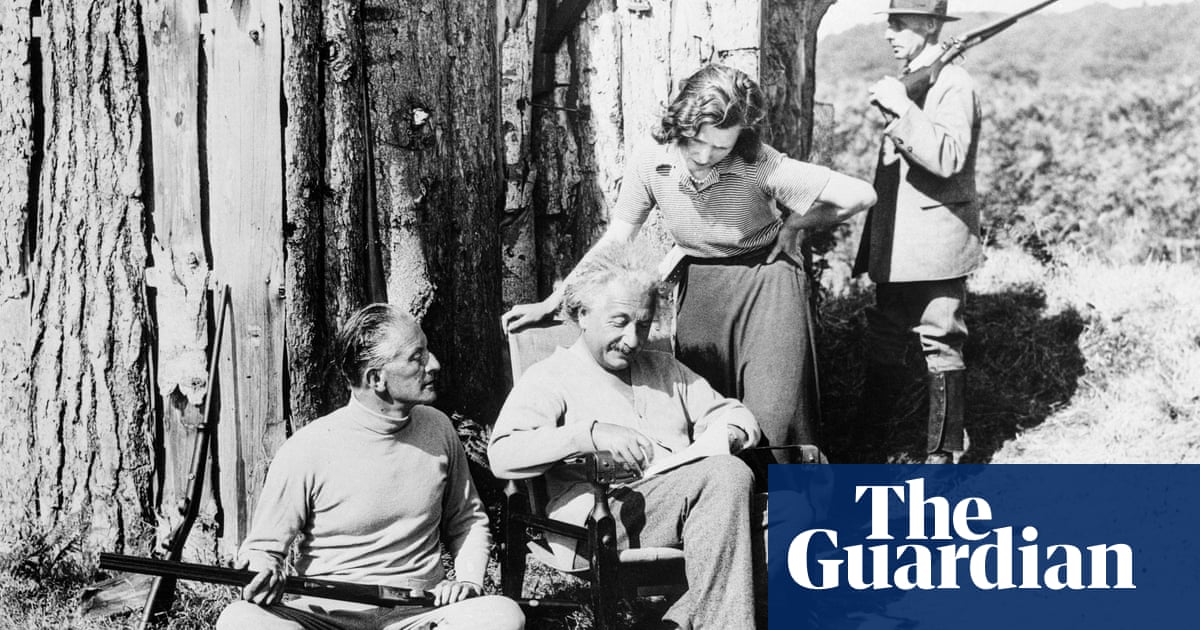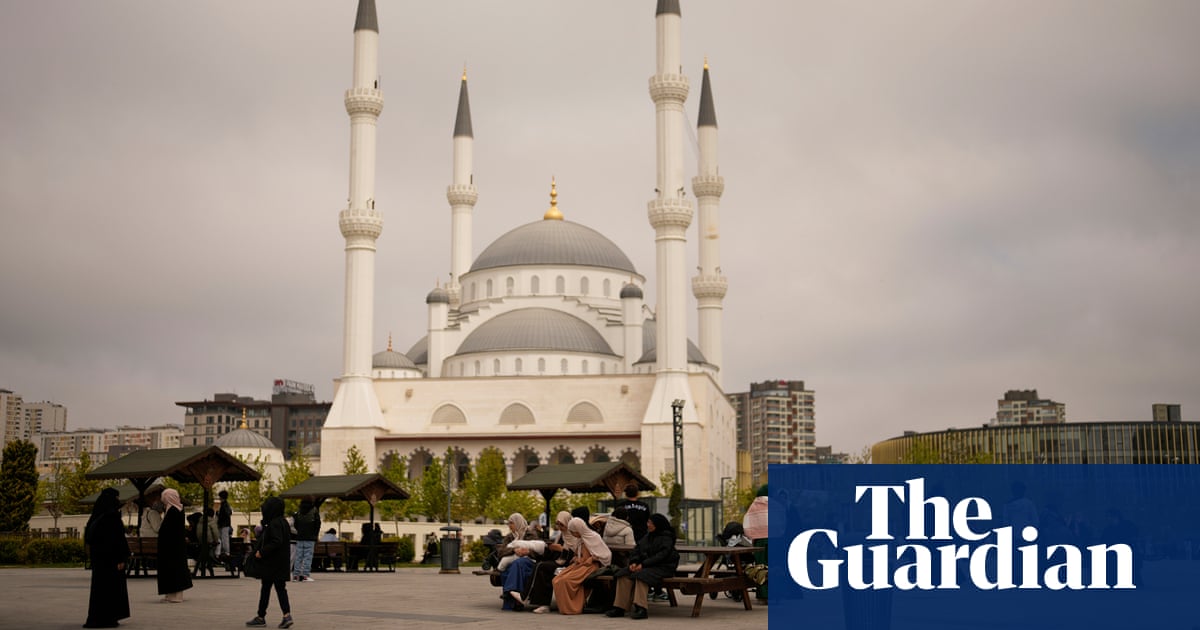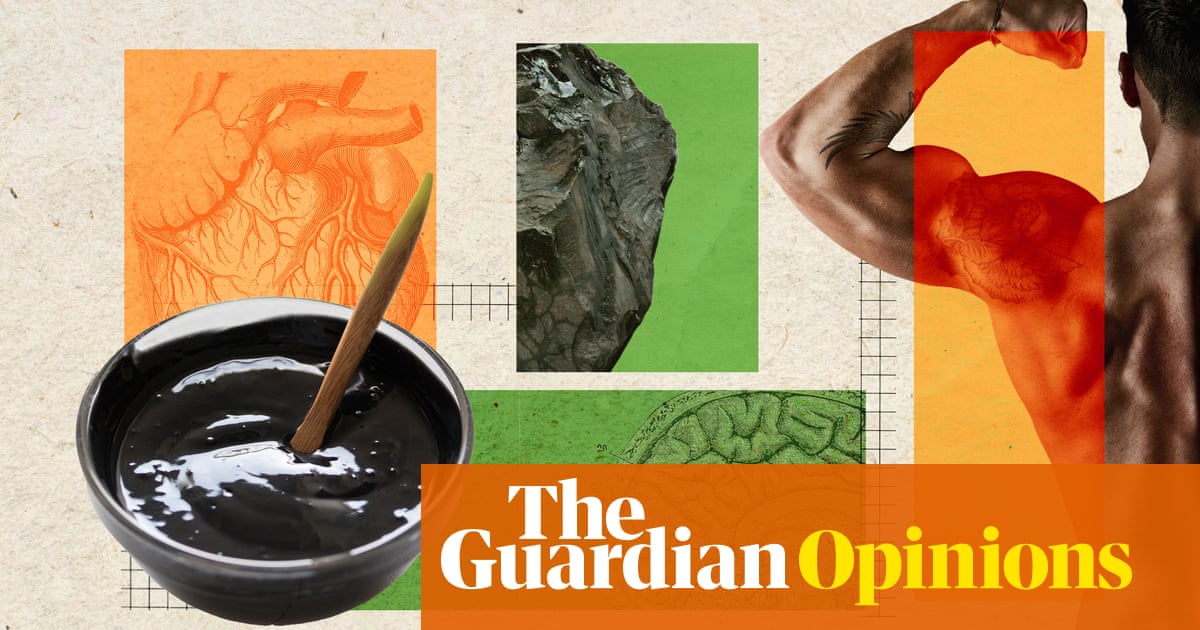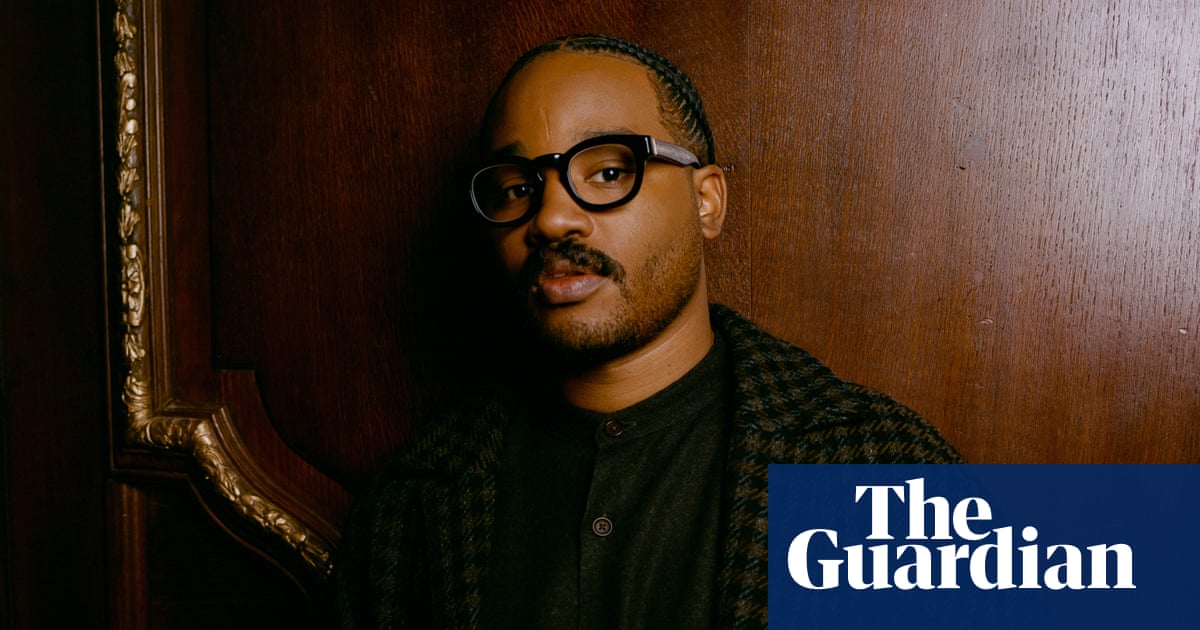In many ways Arvo Pärt and John Williams’s music couldn’t be further apart. One celebrates simplicity, purity, and draws much of its inspiration from sacred texts; the other captures strong emotions in sweeping orchestral scores. And yet the two men are today’s most performed contemporary composers. Bachtrack’s annual survey of classical music performed across the world placed Pärt second (John Williams is in the top spot) in 2023 and 2024. In 2022, Pärt was first, Williams second. This year, Pärt might return to No 1 as concert halls and festivals worldwide celebrate his 90th birthday, on 11 September.
Unlike many of his contemporaries, Pärt has found a way to speak across boundaries of culture, creed and generation. In the world of contemporary classical music, where complexity and empty virtuosity often dominate, Pärt stands apart. His music eschews spectacle in favour of silence, simplicity and spiritual depth. Pärt has outlasted political regimes, artistic fashions and shifting trends in composition, yet his work remains strikingly relevant. In a cultural moment saturated with information and spectacle, Pärt offers something almost universally appealing. As the commentator Alex Ross observed in a 2002 New Yorker article, Pärt has “put his finger on something almost impossible to put into words, something to do with the power of music to obliterate the rigidities of space and time [and] silence the noise of self, binding the mind to an eternal present.”
Pärt’s early career unfolded under Soviet rule, which shaped much of his emerging artistic trajectory. Trained at Tallinn Conservatory in Estonia, he began composing in a modernist idiom, experimenting with serialism and collage techniques in the 1960s – often to the dismay of Soviet authorities who sought artistic control over the creative process. Works such as Nekrolog (1960), the first 12-tone piece written in Estonia, and the avant garde Credo (1968), which juxtaposed Bach with a compendium of avant-garde techniques and incorporated overt Christian themes, drew the ire of censors. The banning of Credo marked a pivotal moment: Pärt fell into a period of near-total withdrawal from composition during which he immersed himself in Gregorian chant, Renaissance polyphony and early Orthodox music.
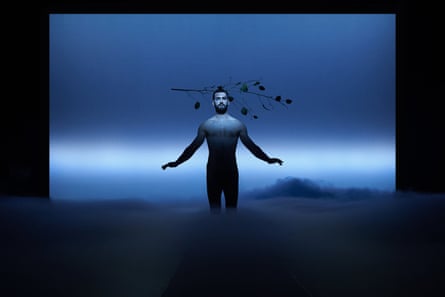
And, out of this silence emerged a new voice – a radically simplified and spiritually charged idiom he calls tintinnabuli, derived from the Latin for “little bells”. This technique, first heard in the three-minute piano piece Für Alina (1976), pairs a melodic voice (often stepwise and chant-like) with a harmonic voice that is limited to the notes of a tonic triad (the first, third and fifth notes of a major or minor scale). Pärt considers the two lines to be a single sound, as in the formula suggested by his wife, Nora: 1+1=1. The effect is ethereal and introspective, at once ancient and modern. Pärt’s tintinnabuli is not so much a system, but more of an attitude: a way of stripping music down to its essence in order to open a space for contemplation.
In 1980, Pärt left Estonia with his family, first settling in Vienna and later in Berlin. Freed from the strictures of Soviet censorship, he began to compose larger and more overtly sacred works, often using Latin or Church Slavonic texts. Major compositions such as Tabula Rasa (1977), Passio (1982), Te Deum (1984), and Miserere (1989) established him as a unique voice in late 20th-century music. These works exemplify how Pärt fused early sacred music traditions with his minimalist aesthetic to create a form of modern devotional music that speaks to both religious and secular audiences.
For Pärt, faith is not a subject – it is the wellspring of his art. “Some 30 years ago,” he said in a 2007 speech as he accepted an honorary doctorate in theology from the University of Freiburg, “I was in my great desperation ready to ask anyone how a composer ought to write music. I met a street-sweeper who gave me a remarkable reply. ‘Oh,’ he said, ‘the composer would probably need to love each and every sound.’ This was a turning point. This self-evident truth completely surprised my soul, which was thirsting for God. From then on, my musical thoughts began to move in an entirely new direction. Nothing was the same any more.”
Though often described as a “holy minimalist” (a term Pärt does not like since he considers it meaningless), his work resists easy categorisation. Unlike the pulsating energy of American minimalists such as Steve Reich or Philip Glass, Pärt’s music seeks a state of prayerfulness. “I have discovered,” he once said, “that it is enough when a single note is beautifully played. This one note, or a moment of silence, comforts me.”
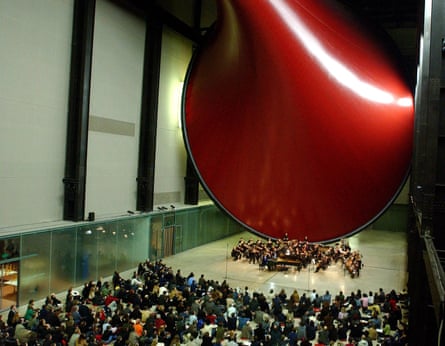
There are also secular works inspired by art and architecture. Silhouette (2009), for example, is a short dance-like piece for string orchestra and percussion based on the elegant structural design of the Eiffel Tower, and his quasi-piano concerto, Lamentate (2002) was commissioned by London’s Tate Modern and was inspired by the enormous sculpture Marsyas by Anish Kapoor.
His influence extends far beyond classical music. Artists such as Björk and Radiohead have cited him as an inspiration. Film-makers such as Paul Thomas Anderson (There Will Be Blood, 2007) and Joss Whedon (Avengers: Age of Ultron, 2015) have used his music to underscore moments of existential weight and grace. And, in recent years, cover versions of his music abound. The little piano piece Für Alina, for example, has spawned hundreds of covers from artists as diverse as jazz guitarist Pat Metheny, US ambient musician Rafael Anton Irisarri, and a YouTuber known as “euwbah” who improvises on the piece using a cross-platform microtonal seaboard patcher (a computer program that allows the use of a keyboard to generate microtonal pitches).
Pärt has not composed much in the past decade or so because of his advanced age, but a late-night Prom on 31 July – billed as a birthday tribute – is an opportunity to catch the UK premiere of his most recent work, Für Jan van Eyck (commissioned in 2020 by the city of Ghent to celebrate the restoration of the famous Van Eyck altarpiece) for mixed choir and organ. The programme – performed by acclaimed Pärt interpreters Tõnu Kaljuste and the Estonian Philharmonic Chamber Choir – also complements his music with short choral works by composers he loves: Bach, Rachmaninov, fellow Estonian composer Veljo Tormis and the Ukrainian composer Galina Grigorjeva. The celebrations continue into the autumn where a series at the Barbican in London includes an interesting take on Pärt’s music in a concert on 26 November which is “refracted” (their term) through the lens of DJ Koreless and composers Sasha Scott and Oilver Coates, pointing again to the esteem for this music felt by other creators.

Pärt’s popularity has not diluted the intensity of his vision. If anything, it underscores the hunger many feel for what his music offers: a refuge from noise, a space for reflection, a sonic form of grace. “The author John Updike once said that he tries to work with the same calmness like the craftsmen of the middle ages who decorated the hidden sides of the pews with their carvings, although no one would be able to see them. I try, as much as I can, to live by the same principle,” he said in a rare interview he gave in 2020.
In an age of distraction and crisis, Pärt’s work invites listeners into an intimate encounter with stillness. It is not escapism, but focused attention – music that opens the soul to something beyond itself. In an age increasingly defined by noise, he offers us silence not as absence, but as invitation. At 90, his music still speaks – softly, clearly, and with unwavering grace, and is always worth a listen.

 1 day ago
7
1 day ago
7
